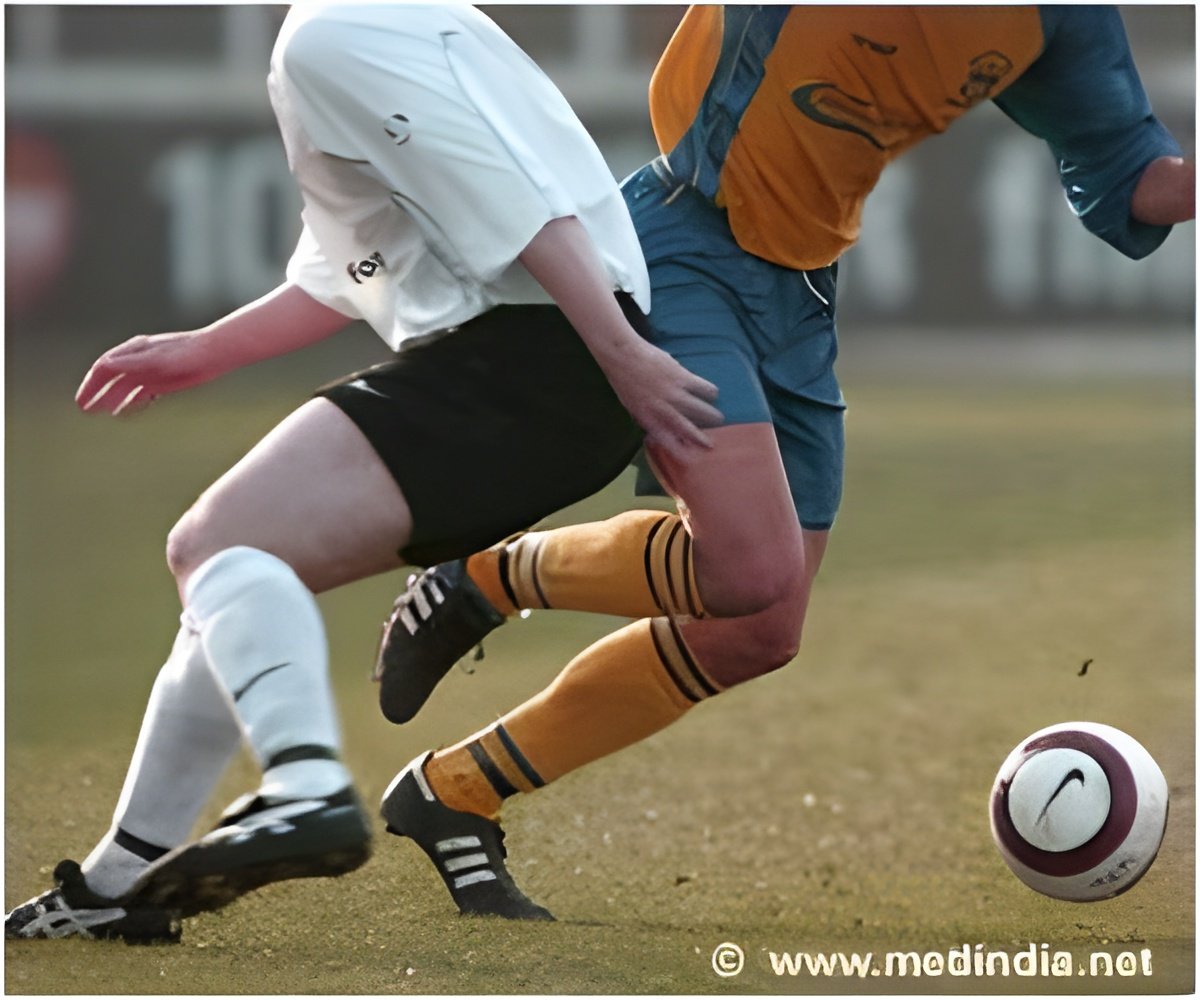
‘Taking off the helmet during football practice to reduce head impact may seem counterintuitive to the sport. But the findings reveal that the key to prevent spine and head injuries like concussions may be found in behavior modification like helmetless-tackling drills.’
Tweet it Now
Research findings are for the first year of a two-year study that tested helmetless-tackling drills and their effectiveness in reducing head impact in 50 football players at the University of New Hampshire, a NCAA Division I team. The purpose was to see if this innovative technique, called the HuTTTM intervention program, could alter tackling behavior and ultimately reduce head injury exposure. Swartz said, "The idea of taking off the football helmet during practice to reduce head impact may seem counterintuitive to the sport. But the findings show that preventing head impacts, which can contribute to spine and head injuries like concussions, may be found in behavior modification like these drills."
The randomized controlled trial divided the athletes into two groups; an intervention group (25 players) and a control group (25 players). Before each workout session, an xPatch head-impact sensor was placed on the skin just behind the right ear (over the right mastoid) of each athlete. The xPatch monitored the frequency, location, and acceleration of all the head impacts.
Football players in the intervention group performed five-minute tackling drills without their helmets and shoulder pads twice a week in preseason and once a week during football season. The intervention drills consisted of repetitions of proper tackling into an upright pad, tackling dummy, or a teammate holding a padded shield, at a 50 to 75 percent effort. The control group performed non-contact football skills at the same time, rate and duration. Both groups were supervised by the UNH football coaching staff. At the end of one football season, the intervention group that had performed the helmetless-tackling training program had experienced 30% fewer head impacts per exposure than the control group.
Swartz said, "This behavior modification is not only about alleviating head impacts that can cause injuries now, but reducing the risk of concussive impacts that can lead to long-term complications later in life. These helmetless drills could help to make it safer to play football."
Advertisement
Source-Eurekalert








